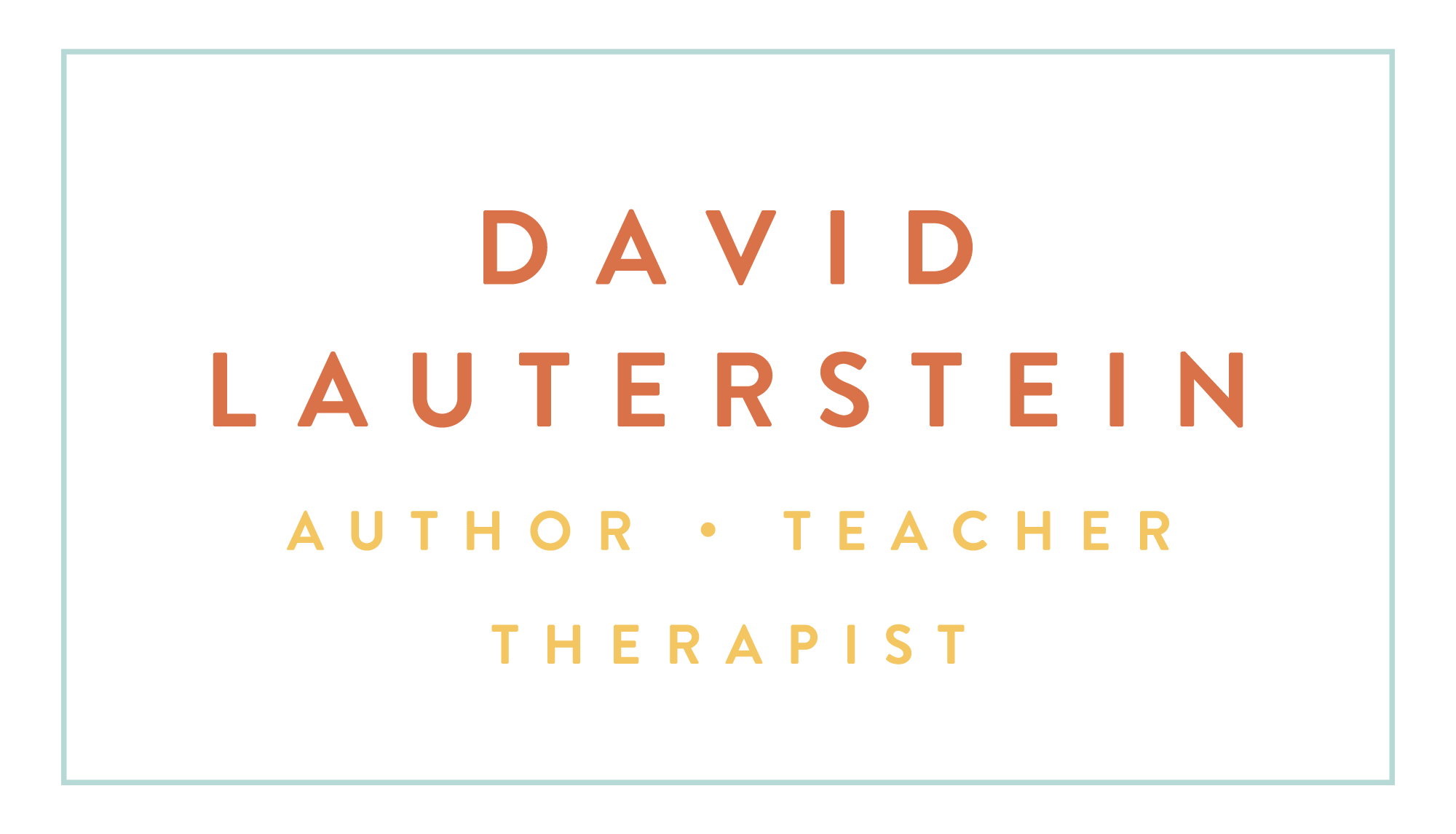The hippocampus’ essential role in emotion, learning, motivation and spatial orientation!
Read MoreIt is said the way to a man’s heart is through is stomach. This turns out to be more literally true than one might think.
Read MoreIt is common to have clients come for massage or for psychotherapy and basically ask the therapist to take their pain away. But could it be that our pain is our greatest teacher?
Read MoreSpirit derives from (s)peis- "to blow" (source also of Old Church Slavonic pisto "to play on the flute").
Read MoreOne of the most important groups of muscles often ignored by massage therapists is the intercostal muscles. They are core muscles involved more or less in every breath we take…
Read MoreLet us come to understand, and more deeply appreciate what supports our face, cranium, and brain from below – namely the neck. This cervical region is also the passageway for breath, for song, and the expression of heartfelt feeling.
Read MoreThe shoulder girdle and pelvic girdle are both wingèd - take new view of the pelvis!
Read MoreI was doing a session on a radiologist and couldn’t resist asking him about the many wondrous things he’d seen through MRI’s, etc. I asked him, of everything he’d seen, what had he found most fascinating?
Read MoreIf you will take your left leg up, placing the ankle on your knee and look at the bottom of your foot, there is a number 7 in the sole of your foot, looking back at you!
When, about six million years ago, our ancestors descended from the trees, more and more distinctness began to grow between the structure and roles of the feet and hands.
The primary issue for therapists working with the feet is a fairly simple one. Most therapists do not know the intrinsic muscles of the foot.
Once one has clarity about the muscles that are there, the work becomes quite straightforward. Exploring successively each layer of the foot,; doing some cross-fiber and direct palpation, assessing tension is the first step; and then melting with a “soft tissue fulcrum” where called for. This will have a dramatic impact on the foot and, because the energy upwells from the kidney meridian’s “bubbling spring”, this work affects the whole self.
Read MoreThe lower legs lead to the thicker muscles and tendons of the thighs. Here our roots become our trunks. And like the lower legs, the thighs call for understanding, compassion, and nurturing. Ever notice how children running around seem to gain energy from running? Unfortunately, as we age, often the sheer joy of running, leaping, spinning around, escapes us, much to the detriment of our legs and our whole body and spirit.
Read More1. It gives us forward propulsion – think of the rear of horse or lion or a great sprinter. With gluteus maximus, the FORCE will be with you!
2. It is, in many cases, a wonderful, captivating shape! This should not be controversial to say!
Read MoreOne of the hardest muscles to visualize is the adductor magnus. It originates along the bottom of the pubic and ischial ramus of the pevlis as far back as the ischial tuberosity. The adductor magnus has perhaps the widest expanse of insertion of all the muscles of the body.
Read More
